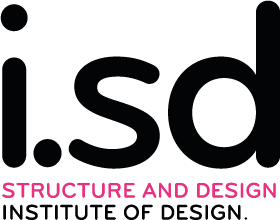E3 + E4 Bachelor Design Studio, keywords: spaces for research, figure-ground, point cloud, feature
Within perception theory, the figure-ground organization describes a vital necessity to recognize objects through vision. A figure can be clearly distinguished from its (back-)ground. In architecture, this perceptional phenomenon is mostly encountered in the form of a Nolli map, a simple and powerful graphics and planning tool that is used to explore urban morphology. By illustrating scale, dimension and edge-conditions, connectivity and relation of built mass towards its surrounding is well readable. Yet, the Nolli map and classical figure-ground representation of architecture only allows for a binary reading of built matter and therefore renders an image of architecture as monumental, fixed and invariable.
Within this design studio, we challenge the idea of a monomorphic architectural ideal and investigate new forms of design, notation and fabrication in order to look at spaces that operate beyond the binary logic of the built and unbuilt. Hereby the term cloud, being fuzzy and volatile, serves both as a counter-concept and carrier of hidden and visible features. Models operate within a state of flux, representing a dynamic figurativeness, escaping a clear preconception in favour of more (in-)formative processes.
The students will investigate state-of-the-art creative collaboration and science at the CERN research campus in Switzerland. Each individual project will explore the possibilities and demands for creating future research facilities, taking into consideration not only the creation of knowledge but also its exchange and communication. Are we able to synthesize creative processes in order to generate another kind of spatial perception? What are the aesthetics we will find on our way?

